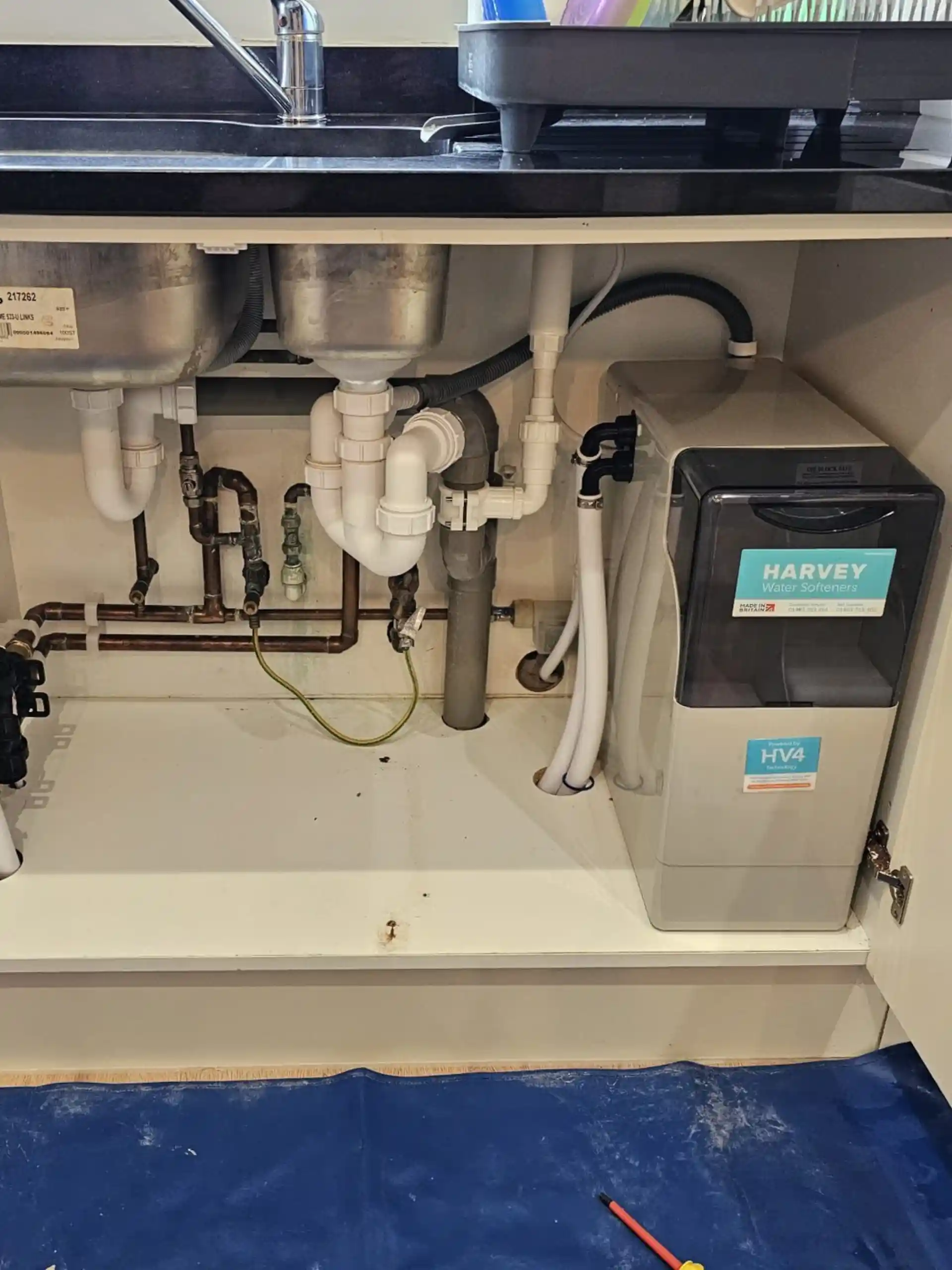FAQ: Water Softener Installation
How do I know what size softener my home needs?
Sizing depends on hardness levels, number of bathrooms, and how often water is used. Our team tests your supply on site and calculates the resin capacity needed for steady flow. This helps prevent short cycles and keeps salt use controlled.
Where should a softener be installed in a home?
Most homes place the system in a basement near the main line and a floor drain. If the basement is finished or space is limited, garages, utility rooms, and mechanical closets can work if they stay warm through winter.
Do I need a plumber for installation or can any installer handle it?
A softener must be connected to the main line, drain path, and power source without restricting flow. We handle the full plumbing tie in, including fittings for copper, PEX, or mixed lines found in older Twin Cities homes.
Will a softener remove iron stains from sinks and tubs?
A softener helps with light iron but does not treat heavy iron on its own. If testing shows elevated iron, our technician explains if a pre-filter or iron filter should be added before the softener for full removal.
Will softened water go to outdoor spigots?
Most outdoor spigots are set to raw water. This keeps mineral reduction inside the home while protecting plants and soil from softened water.
How long does installation usually take?
Most installations take a few hours. Homes with older plumbing or limited drain access may take longer while the installer prepares a clean path for the lines.
Can a store-bought softener be installed in my home?
Yes. Our team checks the model, tank size, and valve style to confirm it fits your home before connecting it.


